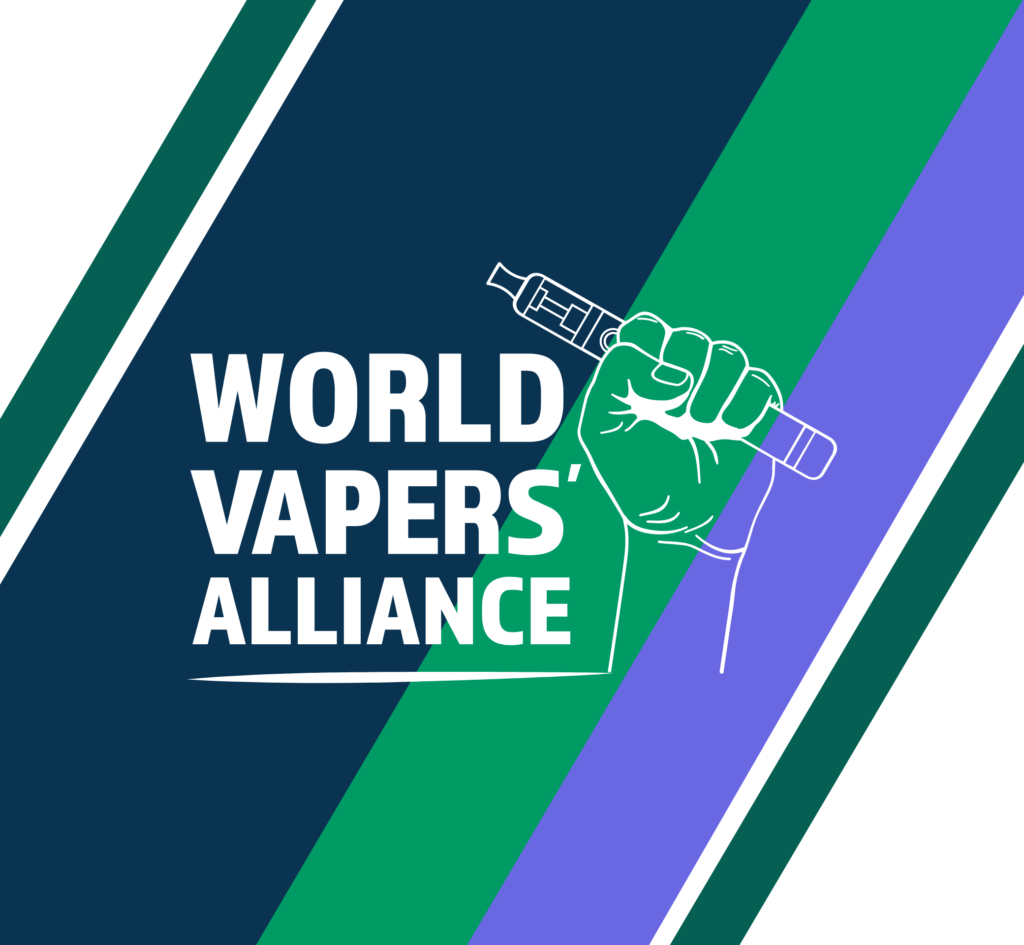GFN20 widmete den Großteil des zweiten und letzten Tages der Wissenschaft. In der Welt des Dampfens war die Besetzung hochkarätig. Die erste Sitzung befasste sich mit COVID-19, Nikotin und Rauchen.
Sie haben zweifellos von Berichten gehört, wonach Nikotinkonsum mit einer Resistenz gegen das Virus in Verbindung stehen könnte. Zwei hochangesehene Experten, Dr. Ricardo Polosa, Professor für Innere Medizin an der Universität Catania und Direktor des Zentrums für Raucherprävention und -behandlung am Universitätsklinikum “Policlinico-V. Emanuele” von Catania, Italien, und Konstantinos Farsalinos, Ein Arzt und wissenschaftlicher Mitarbeiter am Onassis Herzchirurgiezentrum in Athen, Griechenland, untersuchte die bisherigen Studien aus Großbritannien, Frankreich, Israel, China und Spanien. Die Studien liefern überzeugende Hinweise auf einen potenziell schützenden Effekt von Nikotin gegen Covid-19. Sie zeigen zwar, dass Raucher unter den Krankenhausfällen unterrepräsentiert sind, doch die Gesamtwirkung von Nikotin ist schwer zu beurteilen, da die negativen gesundheitlichen Folgen des Rauchens die positiven überdecken.
In der Zwischenzeit, Dr. Roberto Sussman, Dr. Sussman, leitender Forscher und Dozent für Physik an der Nationalen Autonomen Universität von Mexiko, entlarvte die fehlerhafte und irreführende ‘Wissenschaft’, die die Angriffe auf Maßnahmen zur Tabakschadensminderung untermauert. “Wer falsche Wissenschaft verbreitet, muss zur Rechenschaft gezogen werden”, sagte Dr. Sussman und fügte hinzu: “Es geht hier nicht nur um ein akademisches Thema, sondern um das Leben realer Menschen: Raucher, die vom Umstieg auf sicherere Alternativen abgehalten werden, oder Dampfer, die nach dem Aufhören wieder mit dem Rauchen beginnen, um nur einige Beispiele zu nennen.“.
Dr. Pini Matzner Das israelische Datenanalyseunternehmen Signals-Analytics demonstrierte anhand einer Studie zu evali, wie Technologie die Forschung verbessern kann. Es warnte ein ganzes Jahr vor Vitamin-E-Acetat – dem wahren Übeltäter in der tragischen Geschichte von Teenagern in den USA, die durch THC-Kapseln vom Schwarzmarkt vergiftet wurden –, bevor die US-amerikanische Arzneimittelbehörde FDA dies bestätigte.
Tim Philips, Der Gründer und Geschäftsführer von ECigIntelligence sprach über die Auswirkungen der Entwicklungen des letzten Jahres im Bereich E-Zigaretten, über pseudowissenschaftliche Behauptungen in den USA und die wahrscheinlichen globalen Folgen dieser Entwicklungen. Seine Analyse bot einen realistischen Blick auf die Realität. Zu den von ihm diskutierten Themen gehörten die zunehmenden staatlichen und lokalen Verbote von Nikotin-E-Zigaretten. Die Auswirkungen auf den Cannabis-E-Zigaretten-Sektor sind zwar nicht so gravierend wie auf den Nikotin-E-Zigaretten-Sektor, doch die Situation wird sich hinsichtlich Regulierung und Einschränkungen für Nikotin-E-Zigaretten weiter verschärfen.
Abrie du Plessis, Ein ehemaliger Dozent für Rechtswissenschaften an der Universität Stellenbosch in Südafrika erklärte, die realistische Erwartung für die Zukunft sei ein “flexibler, evidenzbasierter Leitfaden, der alle Aspekte der Tabakschadensminderung berücksichtigt” und die Ziele der Tabakschadensminderung verwirklicht. Er gab einen kurzen Überblick über einige der anstehenden politischen Herausforderungen und erläuterte, wie die Pandemie den Ablauf der Ereignisse maßgeblich verändert hat: Europa wird seine Position vor der COP9 festlegen, die nun auf Ende 2021 verschoben wurde.
Dr. Marina Foltea, Der Gründer und Geschäftsführer von Trade Pacts sprach über das in Dokumenten wie der Allgemeinen Erklärung der Menschenrechte verankerte Recht auf Gesundheit und betonte die Verpflichtung aller Staaten, dieses Recht zu gewährleisten. Der Zugang zu Informationen ist dabei von zentraler Bedeutung, damit Bürgerinnen und Bürger fundierte Entscheidungen über ihre Gesundheit treffen können, insbesondere im Hinblick auf die Vorteile des Dampfens gegenüber dem Rauchen von Zigaretten.
Patricia Kovacevic, Eine Beraterin von RegulationStrategy erklärte, dass E-Zigaretten das wirksamste Mittel seien, um Zigarettenraucher entweder vom Umstieg auf sicherere Nikotinprodukte abzuhalten oder ihn zu beschleunigen. Sie betonte, dass ein ausgewogenes Vorgehen auf wissenschaftlichen Erkenntnissen basieren müsse.
In der letzten Sitzung Adam Wodak, Ein pensionierter Arzt und Präsident der Australian Drug Law Reform Foundation vertrat eine umfassende Auffassung von Schadensminderung. Ob Nadel- und Spritzentauschprogramme für Heroinabhängige, Sicherheitsgurte und Airbags in Autos gegen Alkoholmissbrauch oder Kondome und Aufklärung über sicheren Sex – all diese Formen der Schadensminderung sind äußerst kosteneffektiv, wenn man ihre Kosten mit der geringeren Belastung der Steuerzahler vergleicht. Dasselbe gilt für E-Zigaretten – umso mehr, da die Konsumenten ihre Produkte selbst kaufen und dem Staat somit keine Kosten entstehen. “Würde sich eine moderate Investition in die Tabakschadensminderung lohnen? Ein klares Ja!”, sagte er.
Dr. Sree Sucharitha, Eine Professorin der Abteilung für Gemeindemedizin am Tagore Medical College Hospital in Chennai, Indien, hat umfangreiche Forschungen durchgeführt, um den Bedarf und Wunsch einiger der ärmsten Menschen in Indien nach einer weniger schädlichen Alternative zum Rauchen zu ermitteln. Sie befragte über 4000 Wanderarbeiter auf Baustellen. In Indien ist das Dampfen verboten. Die einzige verfügbare Alternative sind altmodische Nikotinersatzprodukte wie Kaugummi. Das Problem: Diese sind nicht überall erhältlich und für die Ärmsten viel zu teuer.
In der Zwischenzeit, Chimnemwe Ngema, Ein Sozialwissenschaftler, Befürworter von Maßnahmen zur Tabakschadensminimierung und Projektmanager von THR Malawi wies darauf hin, wie schwierig es ist, die Wahrnehmung in einem Land zu verändern, das so stark von der Tabakproduktion abhängig ist. Er sagte, Länder wie seines müssten nach alternativen, weniger schädlichen Konsumformen von Tabakprodukten suchen, beispielsweise nach Snus. “Rauchen ist das eigentliche Problem, nicht Tabak”, sagte er.
Spike Babaian, Eine ehemalige Akademikerin der New York University, langjährige Dampferin und Inhaberin einer Kette von Cafés, gab einige faszinierende Einblicke in die Dampferszene in ihrer Region und erklärte, wie wichtig ein guter Vape-Shop für die Aufklärung potenzieller Dampfer ist.
Und sie hinterließ mir das einprägsamste Bild des Tages: ein Zitat über die Irrationalität des Rauchens. Hinter einem Foto eines roten Apfels schrieb sie: “Wenn die Wahrscheinlichkeit, dass dieser Apfel dich umbringt, nur 50 % betragen würde, würdest du ihn höchstwahrscheinlich nicht essen. Und genau das tun Raucher jeden einzelnen Tag.”
Ja, und ich bin dankbar, dass ich vernünftigerweise auf die sicherere Alternative umgestiegen bin. Das war’s von GFN für dieses Jahr.
Eine hervorragende Veranstaltung. Es ist ermutigend zu sehen, wie viele kluge Köpfe ihr Leben der Bekämpfung der Schädlichkeit des Tabakkonsums gewidmet haben. Ein herzliches Dankeschön an die Organisatoren und insbesondere an die Gastgeber Gerry Stimson, Caitlin Notley und Marina Foltea.





